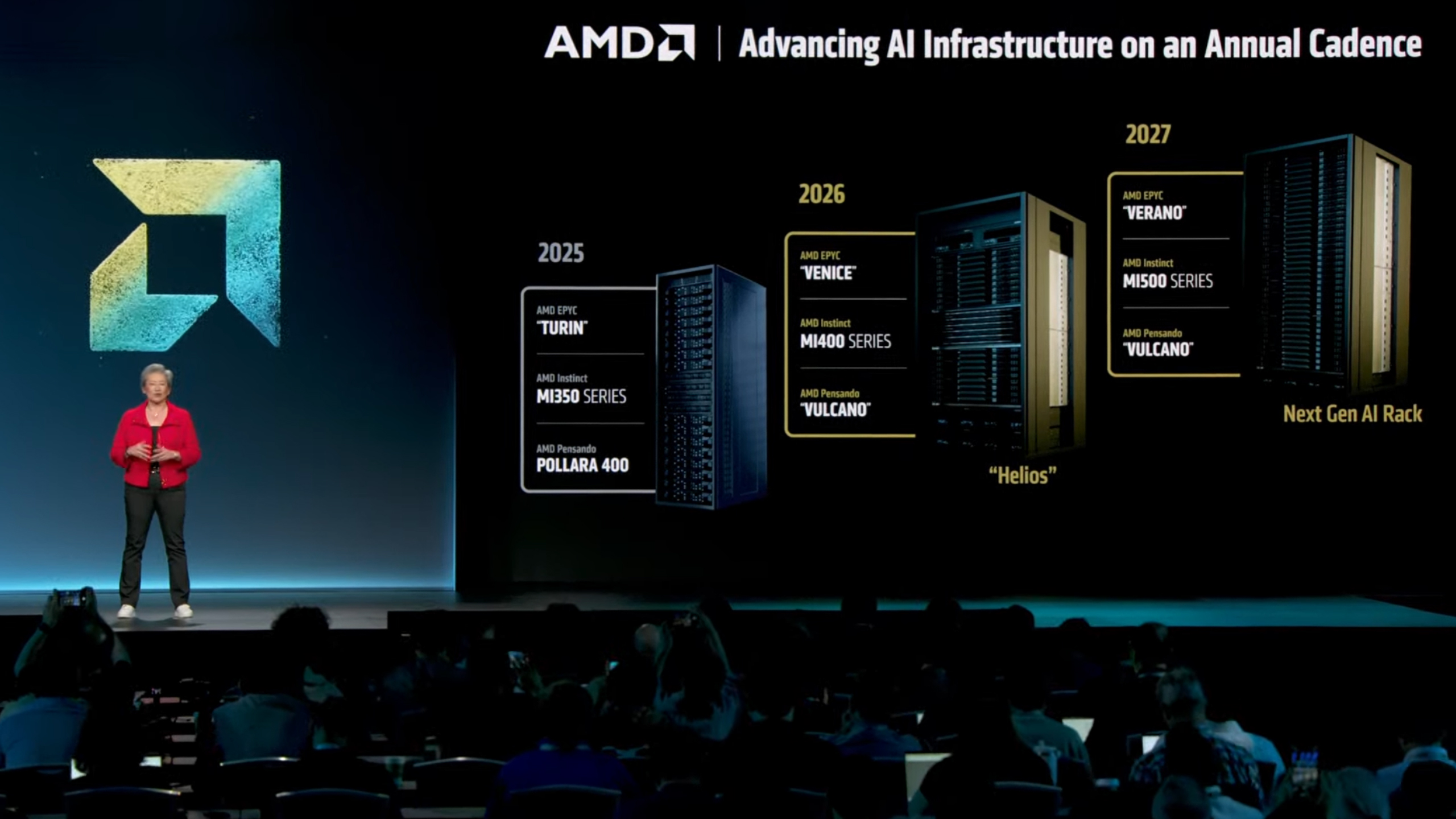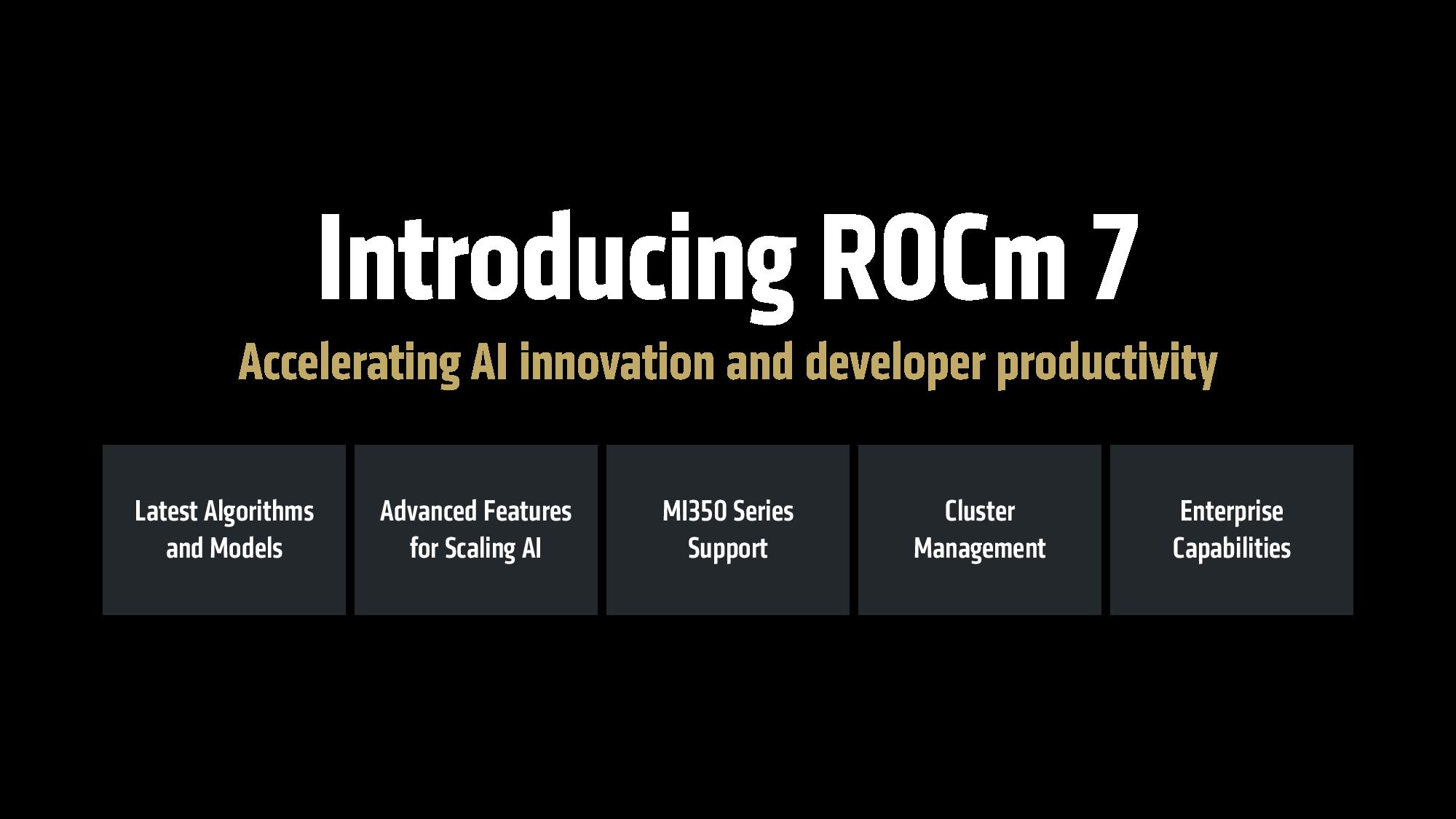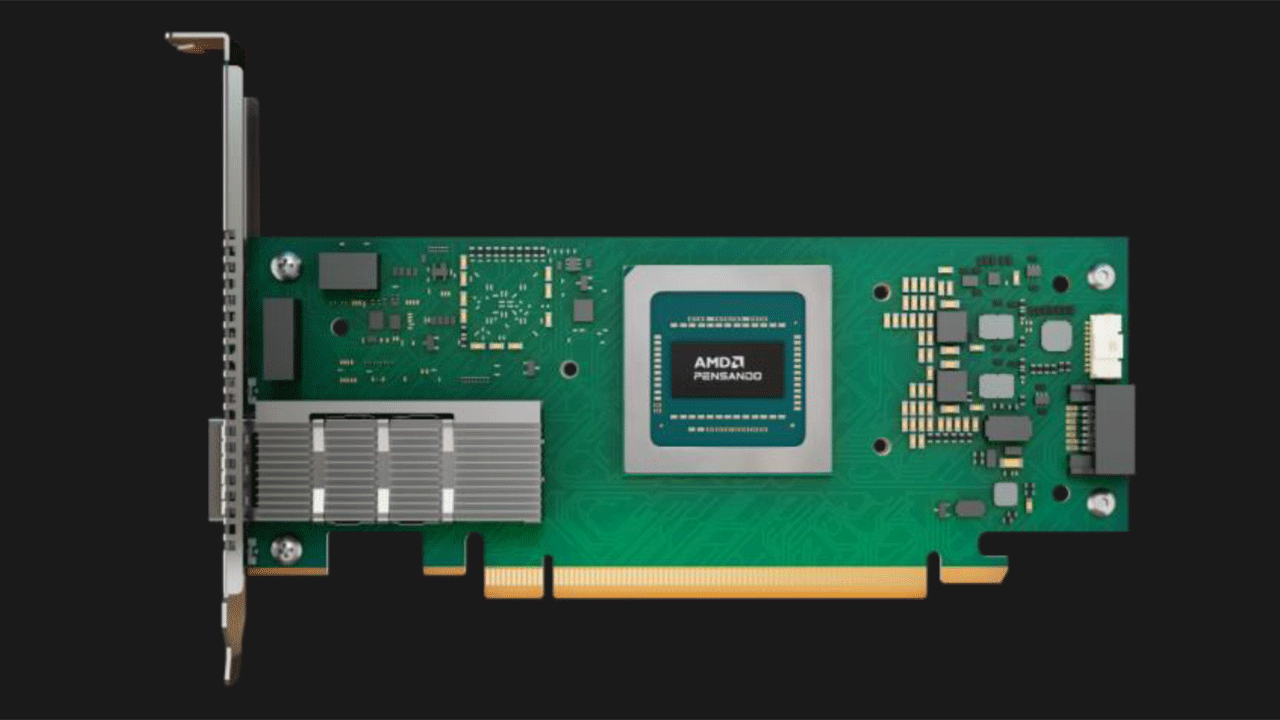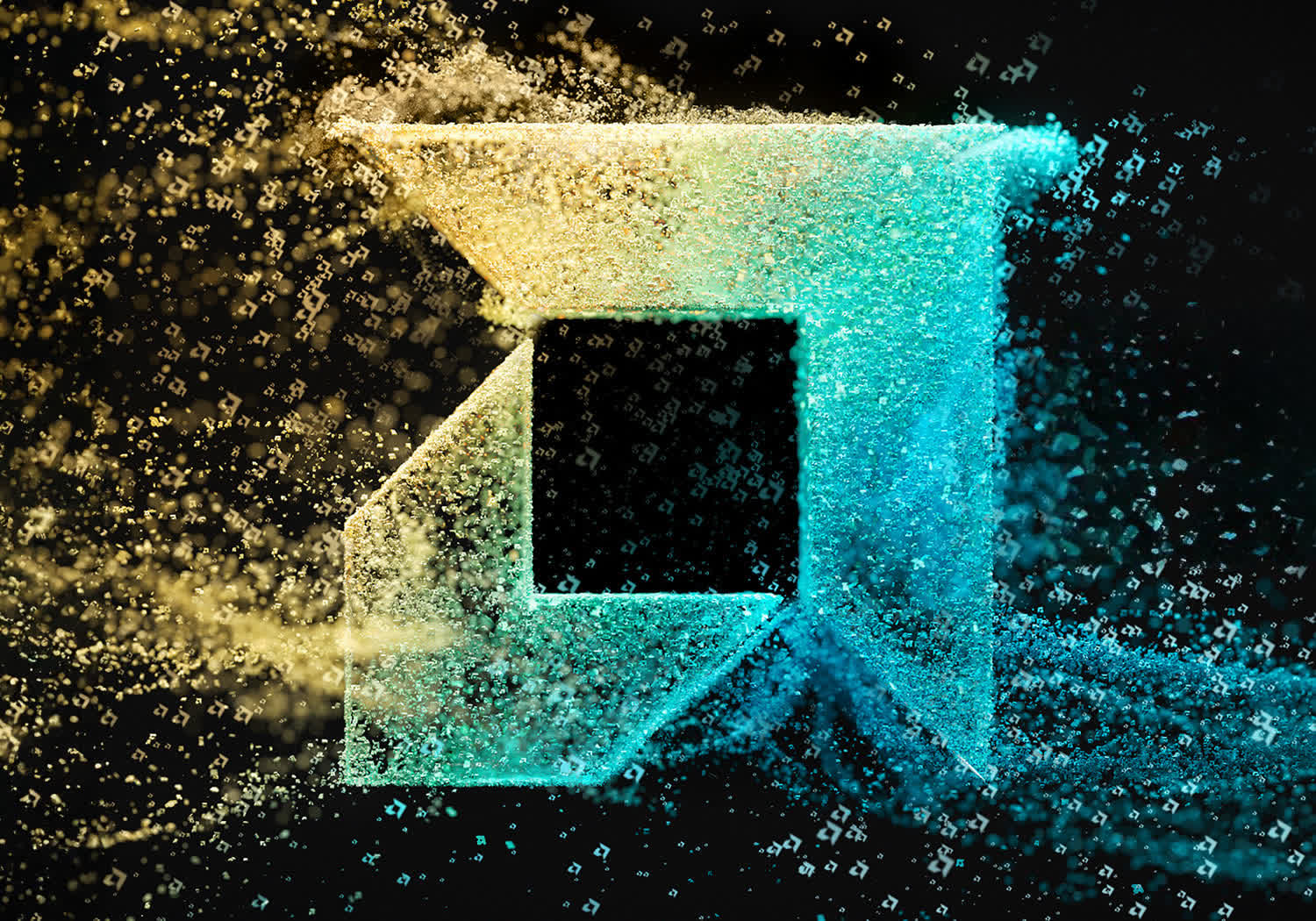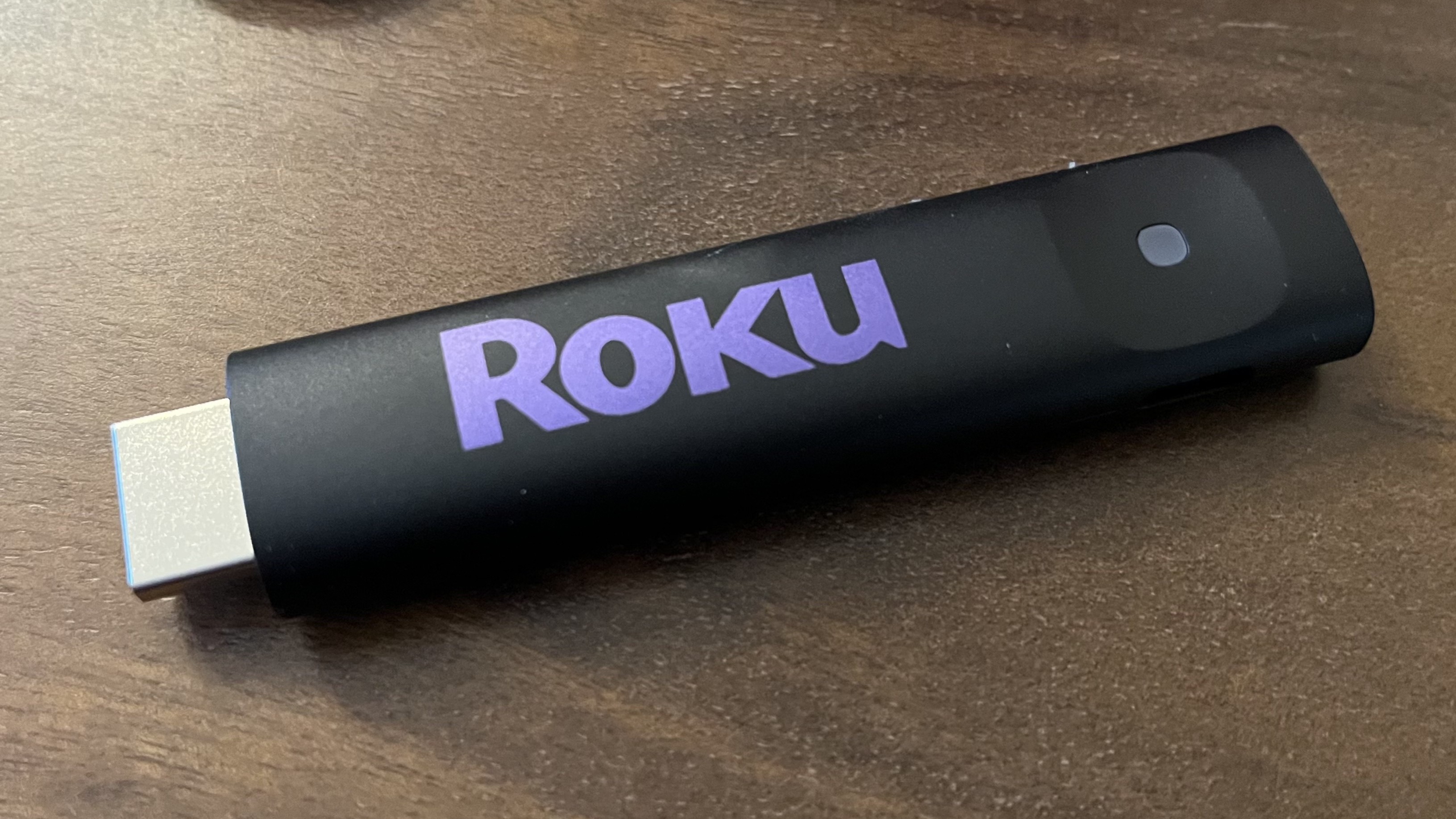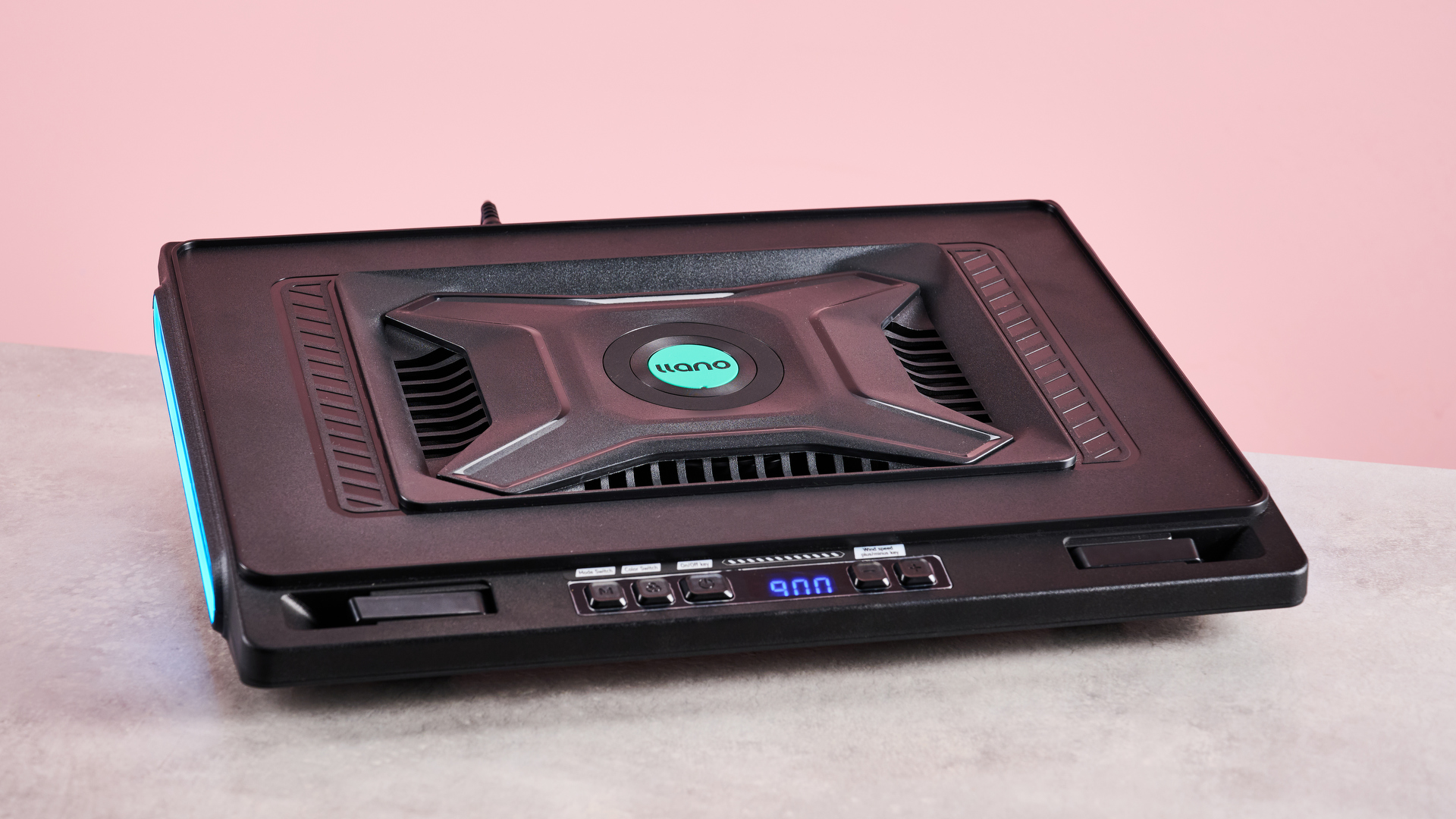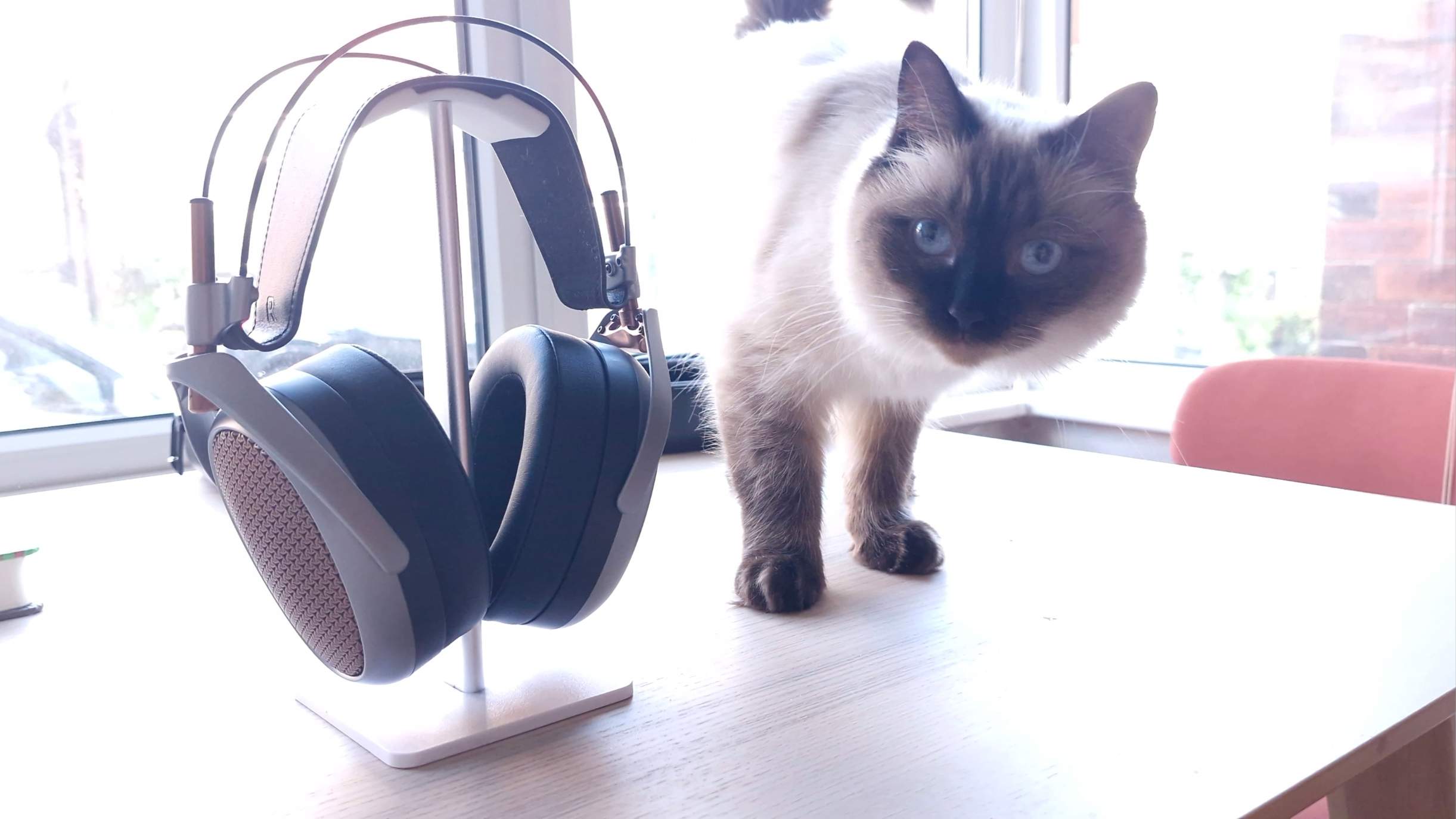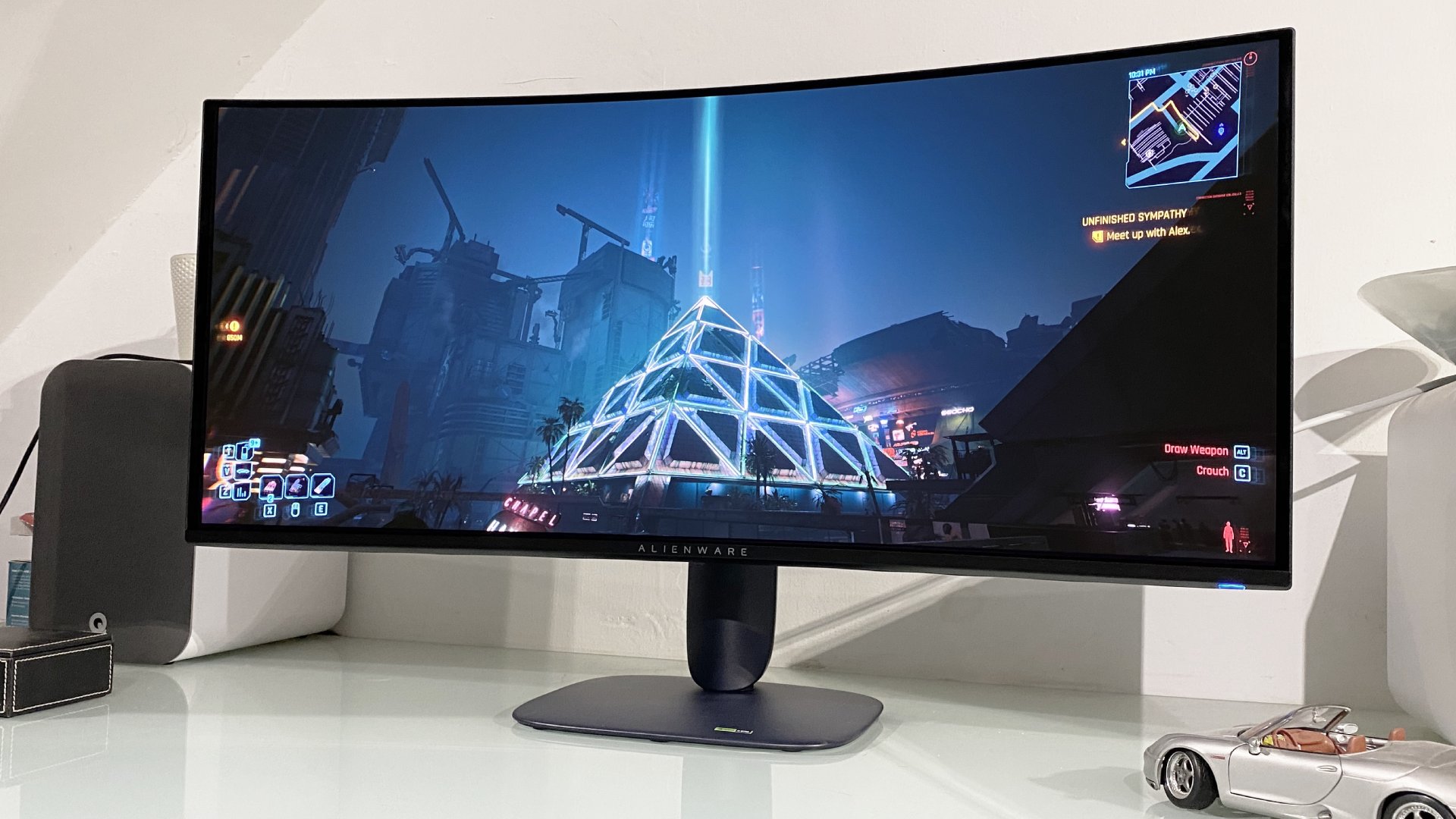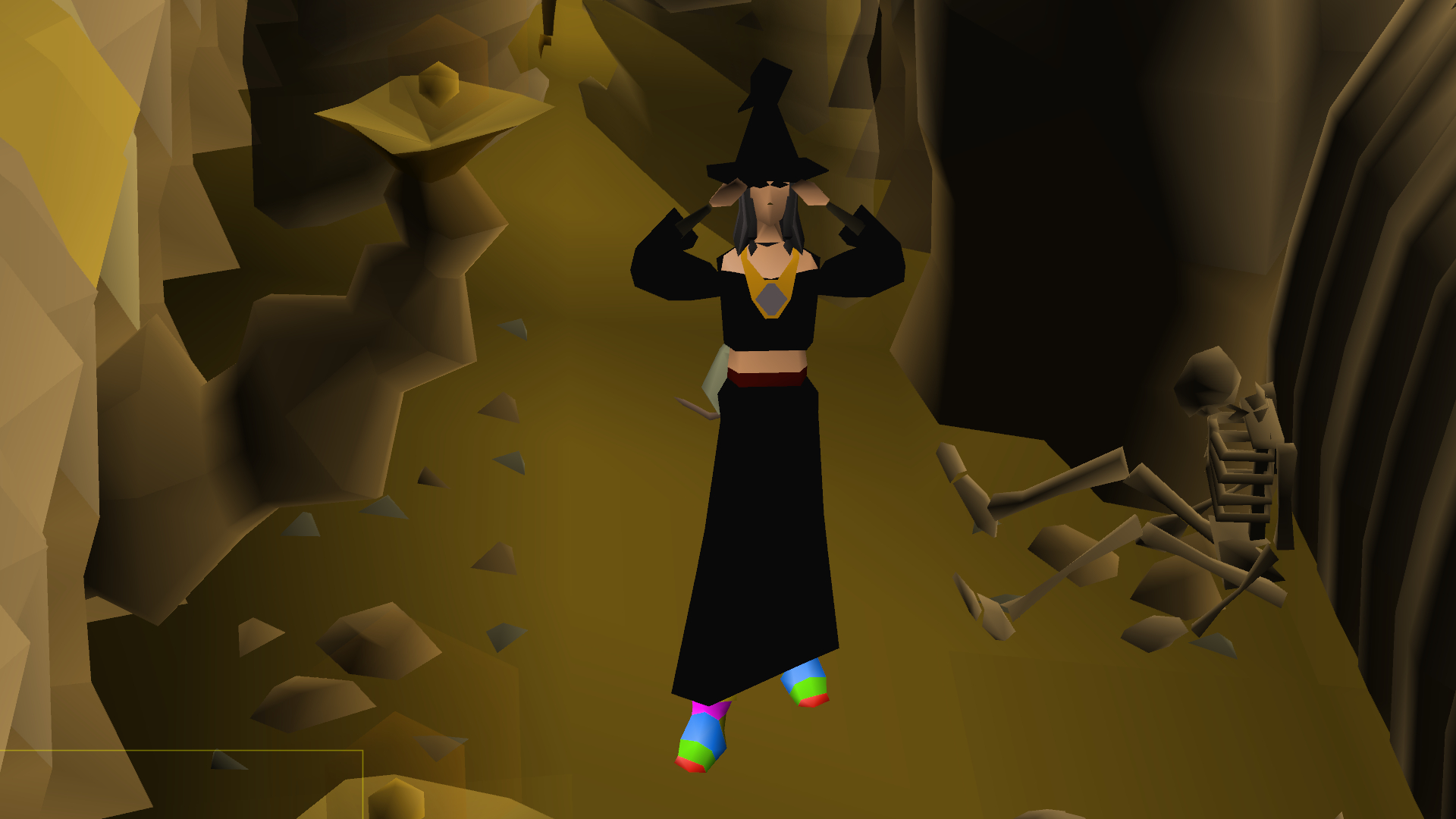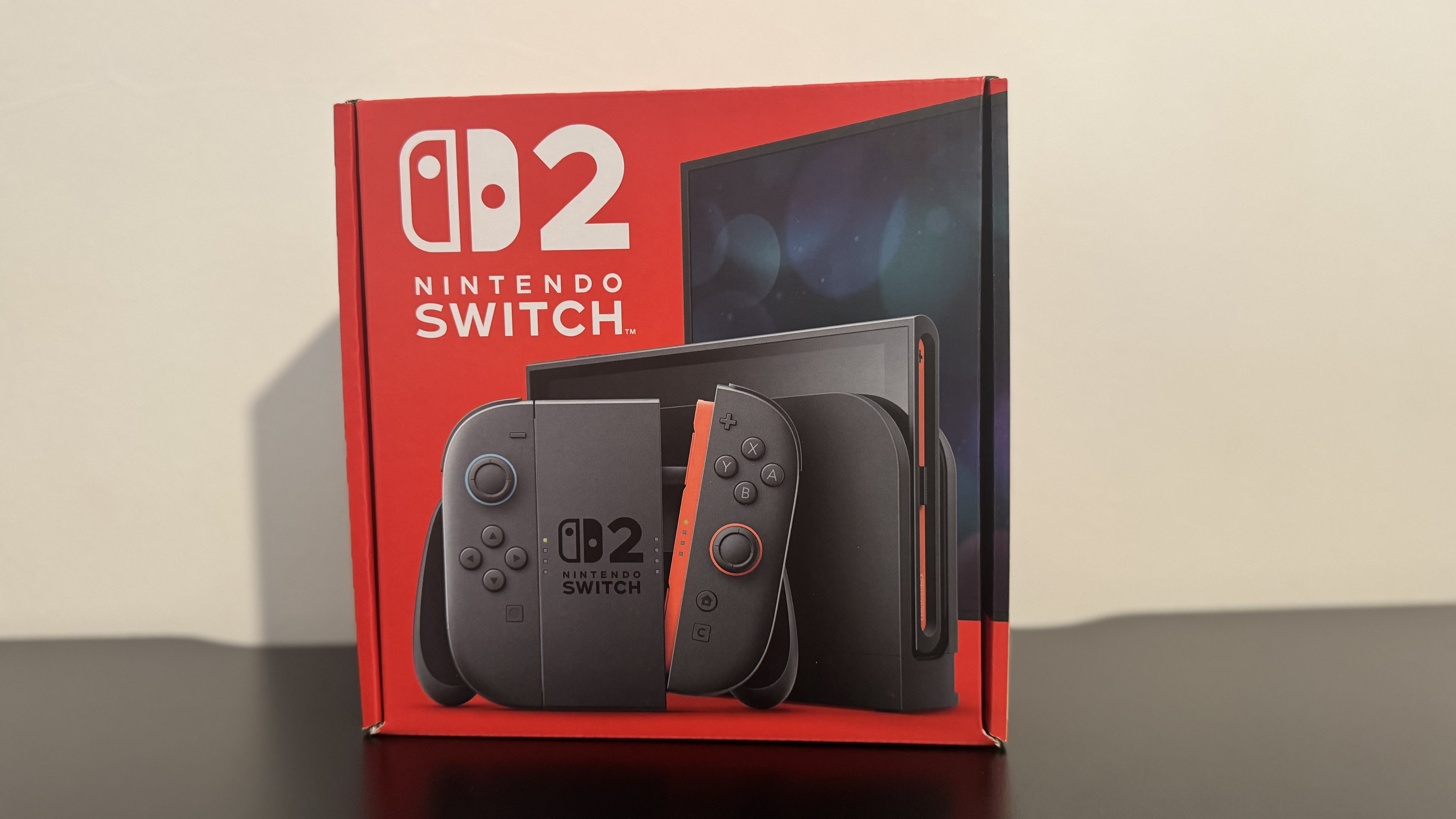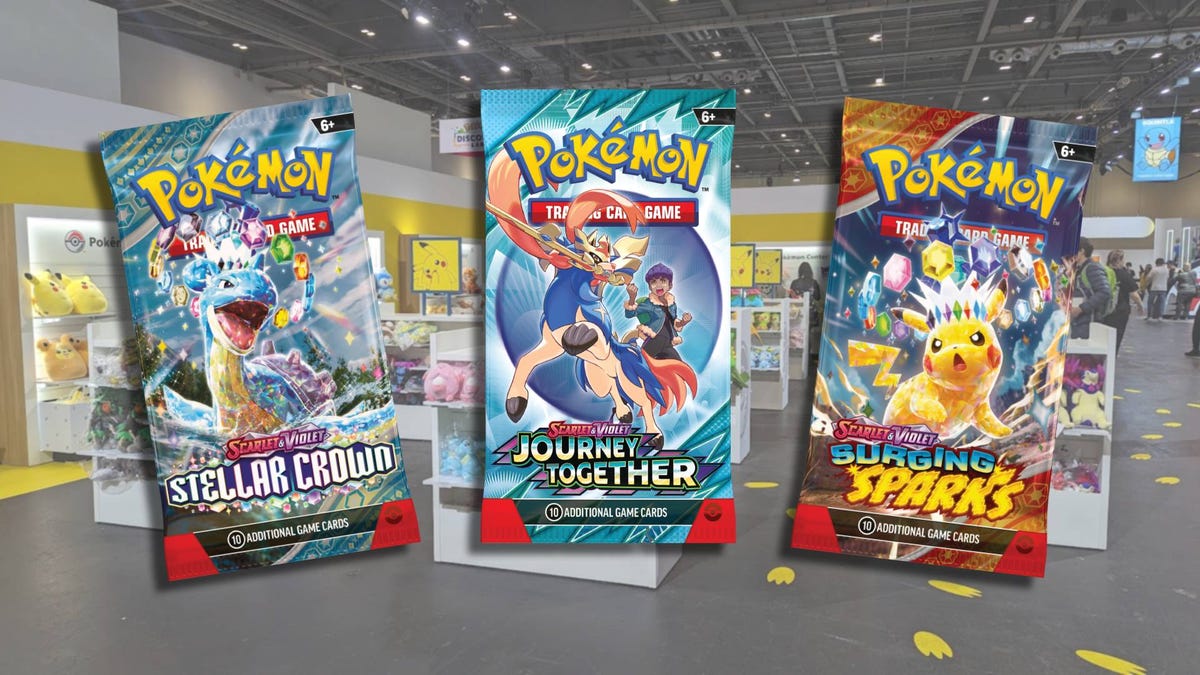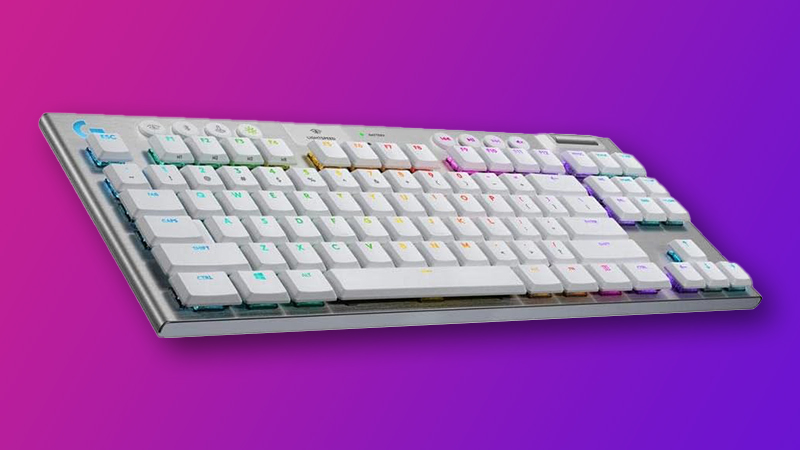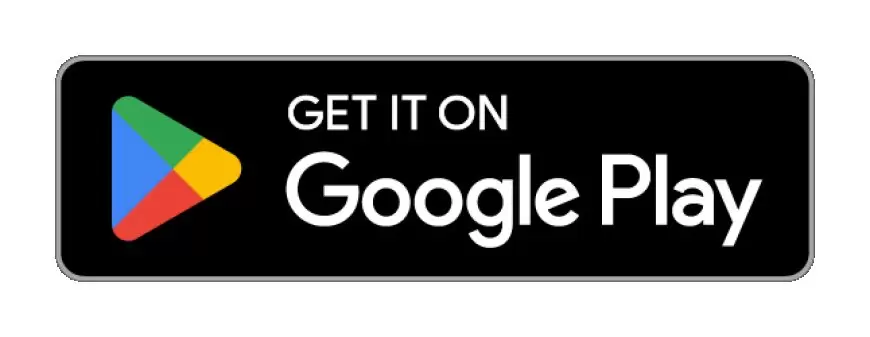Nintendo Switch 2 review: the latest gaming handheld, from a PC Gamer's perspective
The Nintendo Switch 2 is in a league of its own, and that's both a good and bad thing.
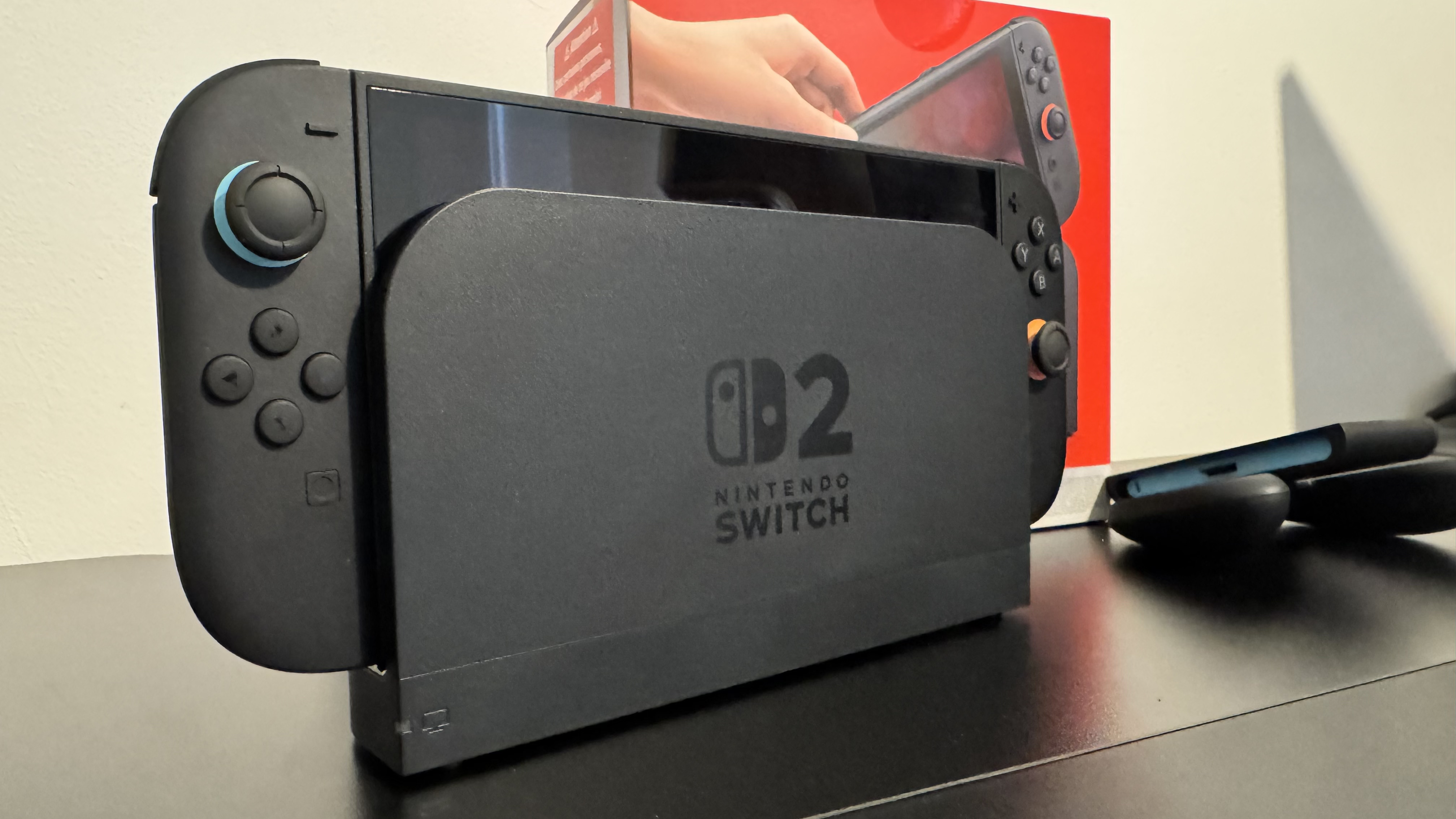
This Nintendo Switch 2 review is one of the hardest I've had to write. As a PC gamer, the last couple of years of gaming handheld PCs have been fascinating, and, though they were likely in the works for a long time, it's hard not to think of the original Nintendo Switch as being somewhat influential on the modern handheld PC market.
The Nintendo Switch sauntered so the Steam Deck could, well, also walk just a little quicker.
The first Switch made waves due to a mixture of its fairly novel concept, plus Nintendo's pretty iconic branding. With the Nintendo Switch 2, the mere notion of being able to play high-quality games on the go isn't a good enough selling point—and this is before mentioning that you are paying even more for the privilege now.
Despite these feelings, my time with the Nintendo Switch 2 has been a surprisingly joyous one, with previously PC-only feature DLSS picking up a lot of slack, and the moment-to-moment feeling of just playing games coming through strong as ever.
As a no-nonsense bit of hardware to whip around a track in Mario Kart or beat a dungeon in Breath of the Wild, it's hard to ignore the allure of Ninty's newest device.
It may be the only legal way to play modern Nintendo games, but I'd go as far as to say that's not the only reason one might pick up the Nintendo Switch 2. This is something I didn't think I'd be saying a few weeks ago.
As one might expect from Nintendo, the Switch 2's custom Nvidia Tegra T239 isn't a very powerful chip. Built on the Ampere GPU architecture and with 1,536 CUDA cores, the T239 is outpaced by Z1 Extreme, present in the likes of the Asus ROG Ally (which launched two years ago).
As I note in my Nintendo Switch 2 vs Steam Deck battle piece, performance isn't everything, and the Nintendo Switch 2, in my time with it, has provided a decent bit of power in such a dainty shell.
DLSS is a boon
DLSS, or Deep Learning Super Sampling, is natively switched on with many Switch 2 games, and the likes of Cyberpunk 2077 look and play subjectively better with Nintendo's hardware as a result. Thanks to support from Epic Games, Fortnite works out of the box and runs super smoothly. However, neither of these is the game I've spent the most time with, and it's not Mario Kart World either, surprisingly.
It is instead Rune Factory: Guardians of Azuma that managed to catch my attention. A mixture of Animal Crossing and a more traditional fighting RPG, the just over 500 grams of the Switch 2 and its 7.9-inch screen make it great for those long-haul games—the 100-hour RPGs.
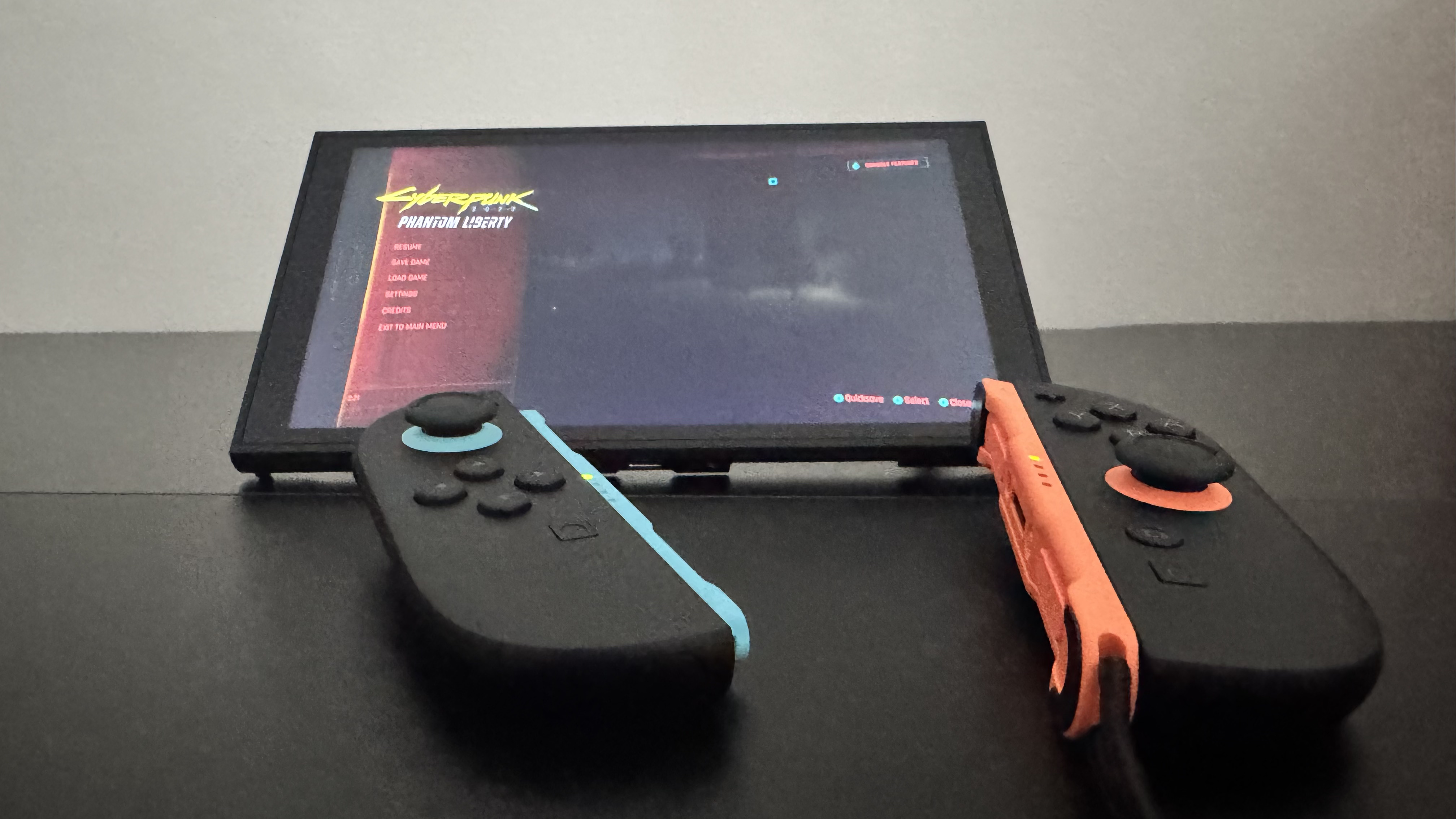
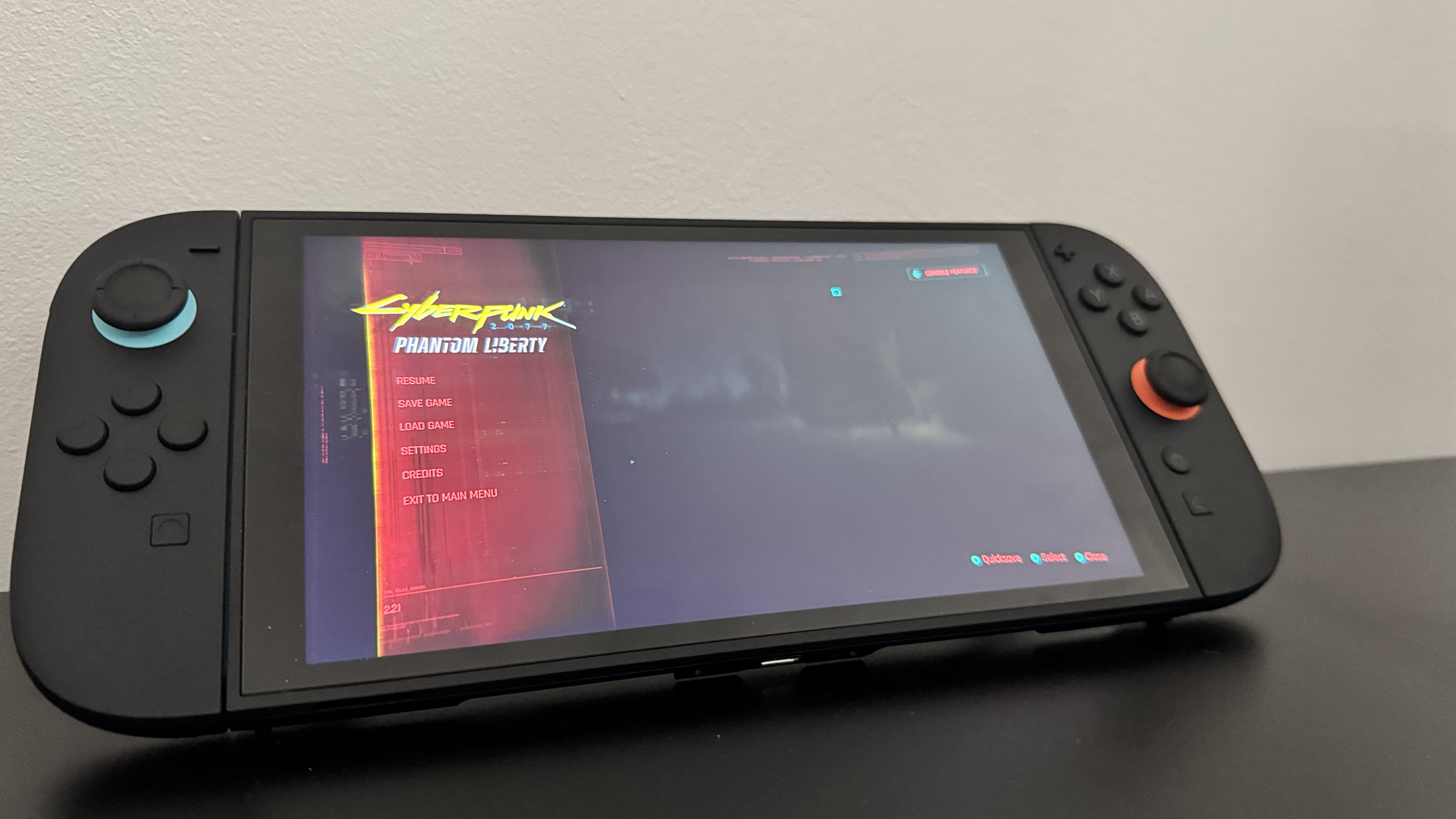
It is the quietest and easiest to use handheld I've ever personally tried, and there's obviously been quite a lot of thought put into this specific element of the Nintendo Switch 2. It's designed with children's hands in mind, and placing it on my lap never resulted in a bit too much heat on my skin. I can't say the same for almost any other gaming handheld.
But alas, a ROG Ally X or MSI Claw 8 AI+ are apples to Nintendo's oranges. They are designed with different markets in mind, and in a sense, the Switch 2 exists in its own league. Nintendo answers to no one, and this might help to explain why it's an infamously litigious company and (like Sony and Xbox) can effectively brick your console should you act outside of its guidance.
There's a very specific way Nintendo wants you to use its devices, and that's even true of the settings of its software. The device itself has a 120 Hz 1080p screen, but the dock, with its built-in fan, gets more out of that GPU and can push output all the way up to 4K.
Games such as Cyberpunk 2077 have two graphics modes (quality and performance), and that's all you can really customise, outside of the likes of motion blur and film grain.

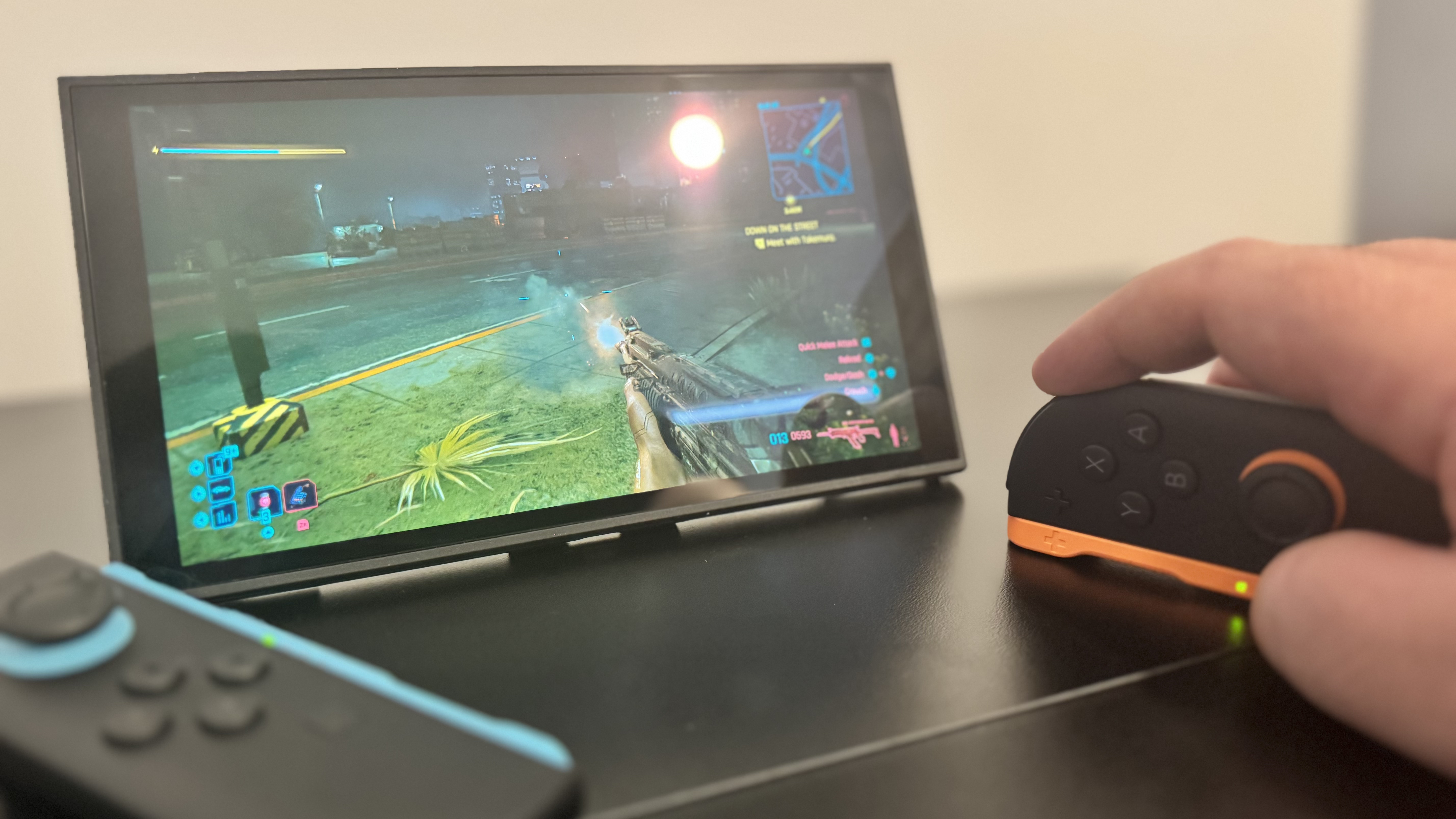
The point is to pick the console up, download a game, play it, put it back in the dock, and that's you finished. Finetuning your rig to get the most out of it isn't very Nintendo, or very console at all.
And that screen is certainly an upgrade over the first Switch (though not quite as bright or lush as the OLED model). With built-in VRR support, and of course, that higher refresh rate, it's technically better than the last, but it also looks better.
It's sharper with a higher resolution, though mediocre brightness does mean handheld HDR is a bit mediocre.
The look, feel, and dock of the Switch 2
The dock itself is easy to set up and offers better visuals than handheld mode. Though the included charging cable is very short. I had to address the frankly frightening tangled mess of wires behind my setup to get it all up and running.
A USB-C port on the top and bottom of the Switch 2 makes it much better to charge while playing, though the Nintendo Webcam for GameChat functionality only works with USB-C.
As the dock comes with two USB-A ports, you either have to get an adapter or plug in and plug out the webcam every time you want to use the Switch 2 in handheld mode. This does defeat some of the purpose of a console that is intentionally designed to be easy to pick up.

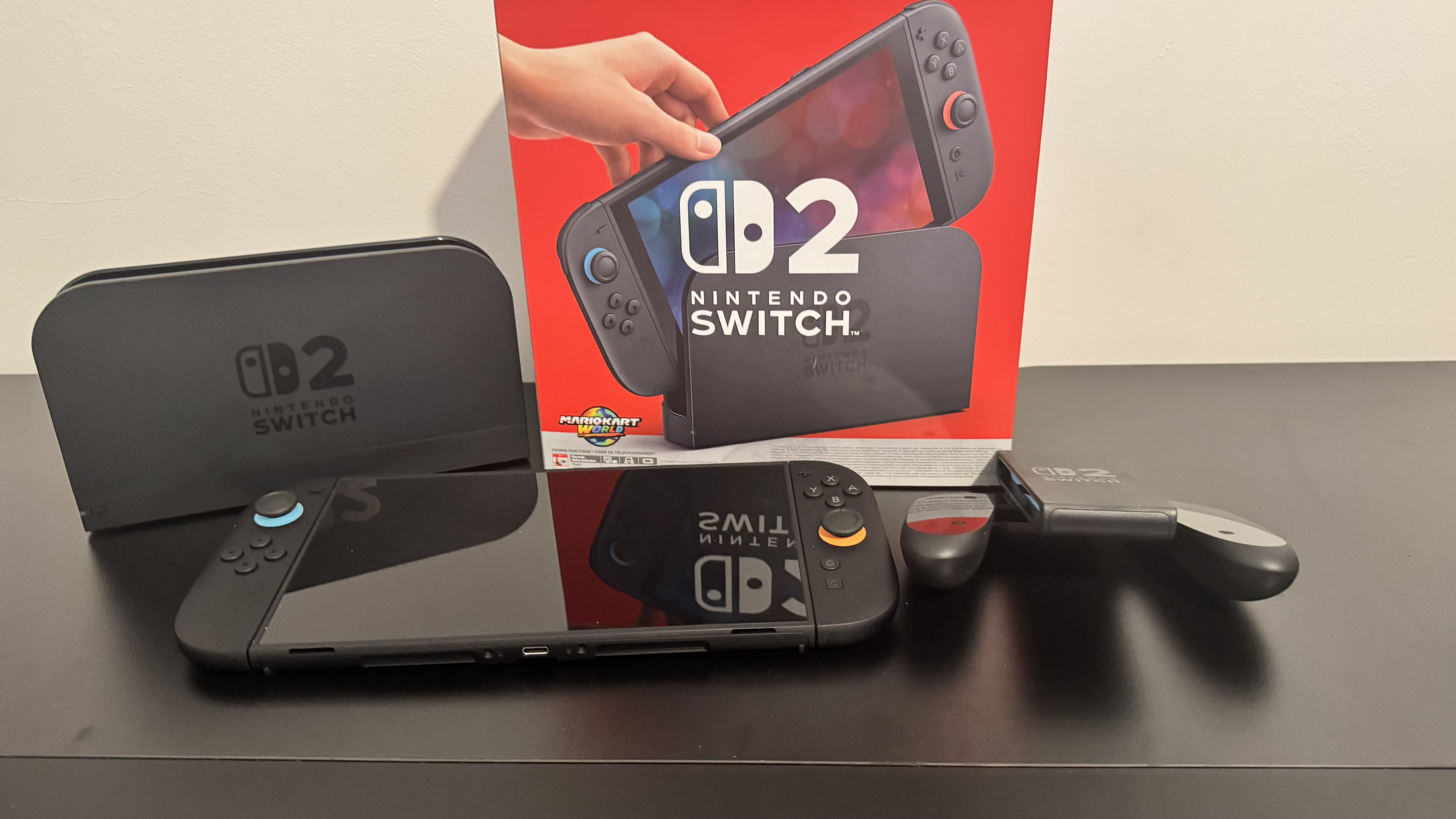

The Joy-Cons this time around are a tad taller than the standard Switch Joy-Cons, and they're just a tad wider too. There are three standout differences in the new ones. They come in a sleeker matte black finish, which frankly looks great and a bit more 'mature', which I think is Nintendo's intent.
They also come with a button at the back to disconnect the Joy-Cons from the Switch via magnets, which is cleaner and less prone to breaking than the old rail system.
As someone who has seen multiple children (and at least one adult) in tears because they've shoved the Joy-Con on the wrong way and can't get them unstuck, this feels like a marked improvement. I tested the strength of those magnets by putting my finger in the way as it closed, and I'm happy to report no cuts or trapped skin. My finger is still in one piece.
Joy-Cons are a tad strange to use thanks to a D-pad directly under the thumbstick. This does make me feel a bit less skilled than on a more traditional gamepad, but the upside to this is the size and feel of the devices as a whole.
Despite not having specifically designed ergonomic grooves like those you find in the grips of more traditional controllers, it's not an uncomfortable console to hold.
A Nintendo fan's worst nightmare: stick drift
However, there is a Mario-shaped elephant in the room here: stick drift. The new Joy-Cons are still capable of stick drift, which means you will have to get a new set or send yours off to Nintendo if it starts drifting. Nintendo will fix it for free, but it's still a major inconvenience and one Nintendo really should have fixed by now.
This is before mentioning even budget controllers like the Gamesir Nova Lite (at just $25) have Hall effect sticks. When you consider Gulikit Switch TMR joysticks come in at just 20 bucks, it's hard to believe Nintendo couldn't take that cost, especially given the relatively high price of the Switch 2 itself.


The third and final major Joy-Con change is the addition of mouse controls. With a rail attachment in the box, you can now sit the Joy-Con upright and use it as a mouse. In my time with it, the mouse controls are about as responsive as the standard ones, which is a pleasant surprise, but the shape of the Joy-Con just doesn't lend itself to a particularly ergonomic time in FPS games.
Upright, it's not a massively wide control which places all of the Joy-Con directly in your palm, and you still have to use the buttons, which consistently put my reticule out of place. For browsing the eShop or playing RTS games, the new mouse controls are a boon, though.
At a hefty price tag of $450 dollars (without any games or accessories) the Switch 2 is functionally double what you would expect to pay for the previous model now. This puts it well within the price bracket of the PS5 and Xbox Series X now, and likely in the price bracket of whatever Sony and Microsoft put out for the next generation.
When the Steam Deck comes in at an MSRP of $399 and is regularly available for much less, it makes the Switch 2 look particularly pricey, especially when you consider the vast trove of games available on Steam Deck from gaming history.
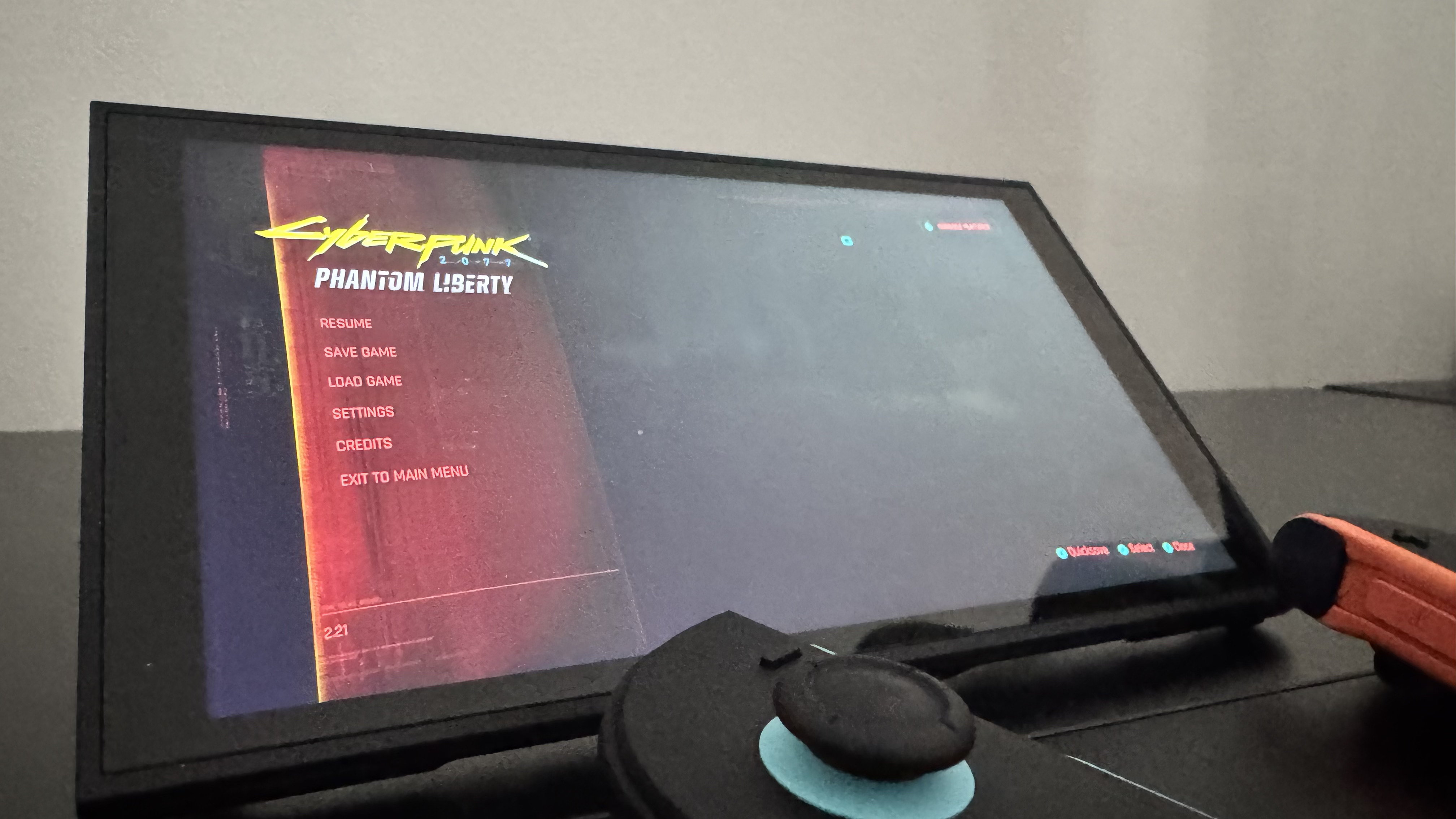
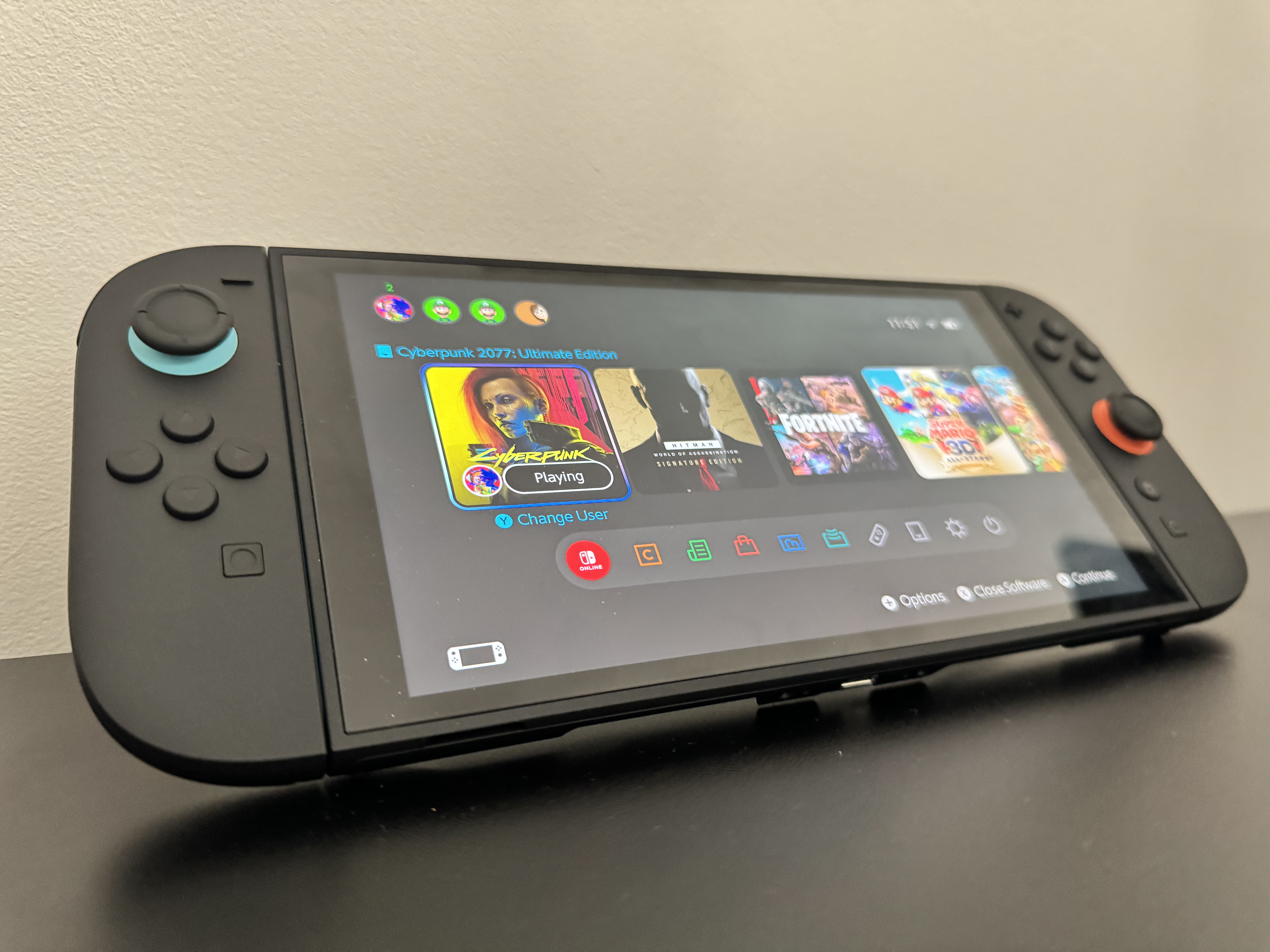
Even the beefy ROG Ally X, an expensive machine, seems not that far above the Switch 2, given how much better the Ally X's specs are. The Nintendo eShop is already a very expensive marketplace, with first-party titles regularly sitting at or just under MSRP months or even years after their initial launch, so the thought of going with Steam instead is mighty tempting.
GameChat, Nintendo's new social service, allows you to call with up to 12 people, and you can even project yourself onto the screen with a webcam, but my time with this was limited. This was due to not being able to find 12 close friends with Nintendo Switch 2s who are willing to also get a webcam and Nintendo Switch Online membership just to put their face on their Mario Kart character.
The setup here would require one to buy a Nintendo Switch 2, a webcam, a copy of Mario Kart, a Nintendo Switch Online membership, and assume they have the space, Wi-Fi, and drive (pun intended).
Launch games (or lack thereof)
The Nintendo Switch 2 is a bit of a hard sell as the launch lineup is one of the weakest I've seen in recent times, though a new Mario Kart certainly eases the blow.
We have received Switch 2 upgrades for Hitman World of Assassination, alongside Breath of the Wild and Tears of the Kingdom ports, but Mario Kart World, Fast Fusion, and Nintendo Switch 2 Welcome Tour remain the only Switch 2 exclusive games right now, with Donkey Kong Bananza on its way next month.
The ports I've played so far have been very solid with great performance across the board, and the Switch 2 works with Switch games you own, but it will be a while until it becomes a must-own device, even for Nintendo die-hards, let alone primarily PC players.


Even then, it's not just the software that will make the Switch 2 more attractive in the future. The launch model has 256 GB of UFS storage, which is a big upgrade over the previous model, but now not nearly big enough. Thanks to FDE, a compression system that skips the CPU, the UFS storage is fairly speedy, but I found a more standard SSD to still outpace it.
I manage to entirely fill my storage from just a handful of titles, and have now purchased a pretty expensive microSD Express card just to get a few more games on it. As well as this, it's hard not to think that the use of a standard LCD screen leaves room for an OLED revamp in a couple of years, and maybe a cheaper Switch 2 Lite, too.
I imagine a landscape with both of those will make the Nintendo Switch 2 the least enticing option of the three models, should they arrive.
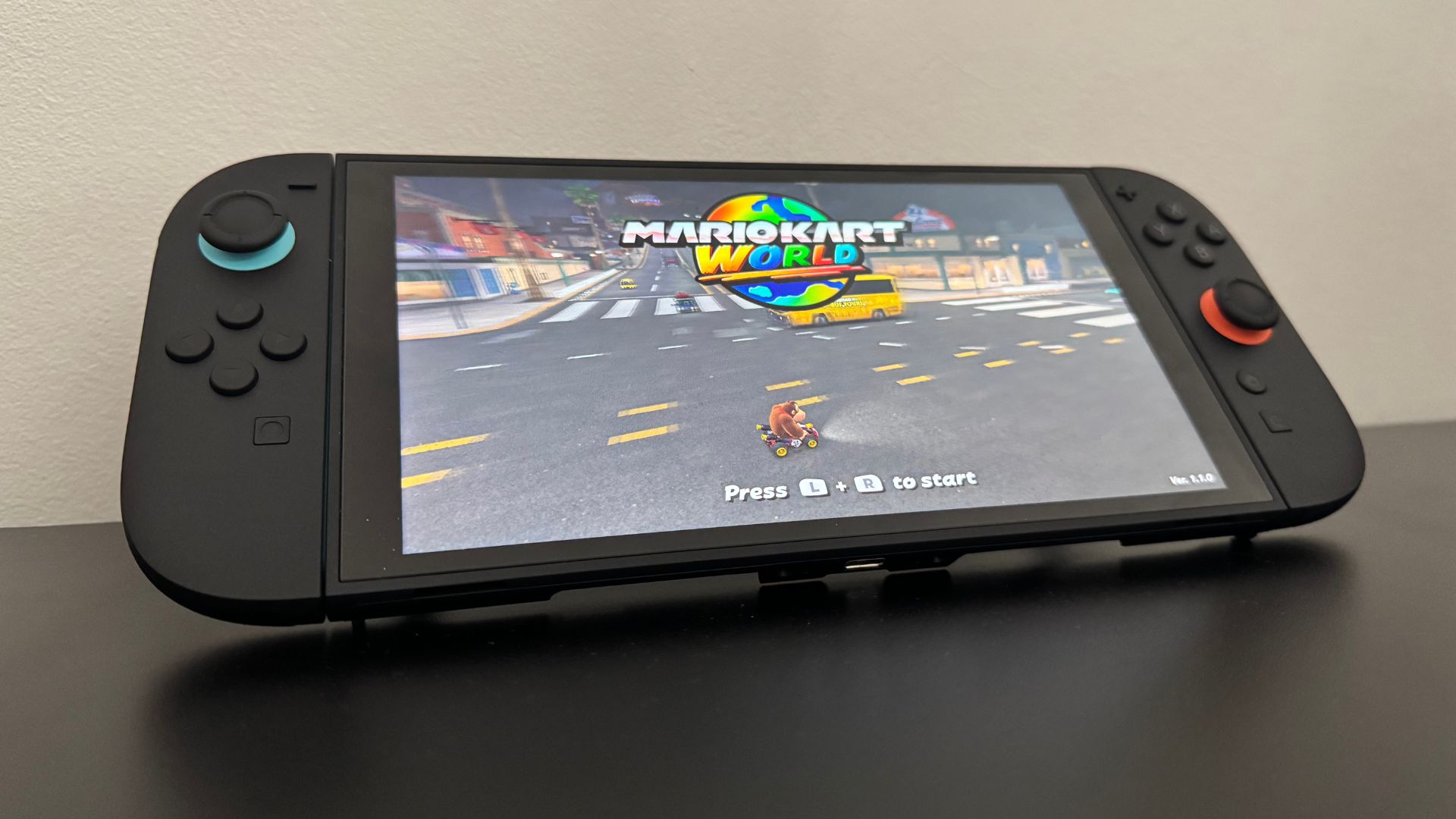
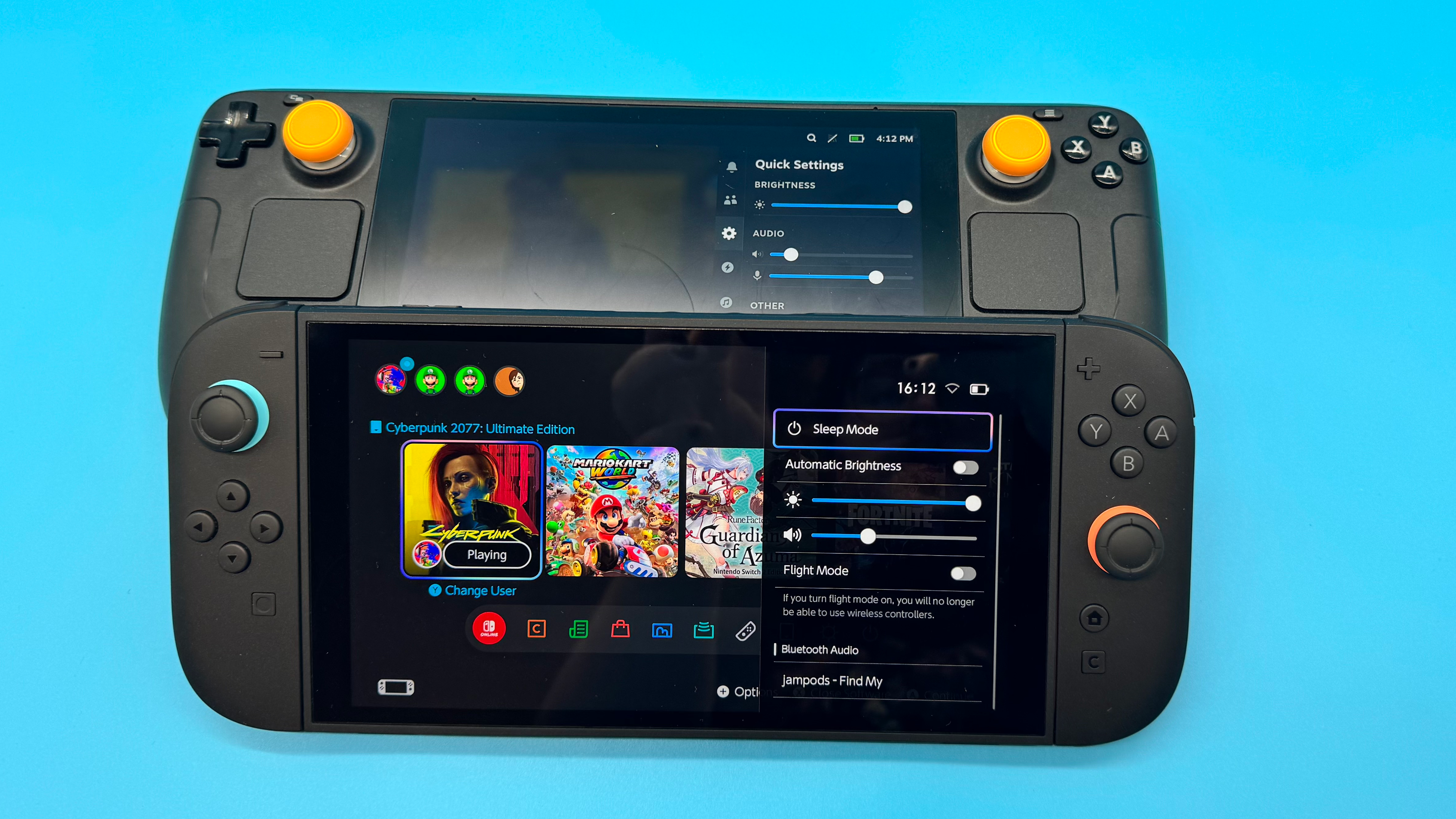
I've also found my Nintendo Switch OLED outpacing my Nintendo Switch 2 in battery life, though this can be attributed to the fact that the Switch 2 has a much beefier processor. Over multiple tests, I consistently got between 2:10-2:25 hours playing Cyberpunk in quality mode, with 100% brightness and in airplane mode. I'd say this battery life is middling, giving enough for a few games before bed. A little more would be nice, but I don't think that's an alarmingly low battery life either.
In a comparable test on Steam Deck, I managed to get about an hour and a half, so the Switch 2 battery did perform better. While not an exact match, the ROG Ally X has a beefy battery capable of getting over two hours in the PCMark 10 Gaming test, however, which does put it very much in the realm of the new Nintendo console.
Do you need the Nintendo Switch 2 as a PC gamer?
Undeniably, Nintendo offers something no other company can. You can natively run both Xbox and PS5 games on your PC (eventually) thanks to burgeoning multi-platform support, but Nintendo is perhaps the most insular company of the lot right now.
There are also occasional hardware-level features in some games that make it particularly tough to port across, too. If you are lining up for a Nintendo Switch 2 because you just can't get enough of Mario Kart—well, you kind of have your answer there.
However, if you are someone who just wants a handheld device for when you don't fancy booting up your rig, or you just want something to play on the sofa, that question is a much tougher one to answer.
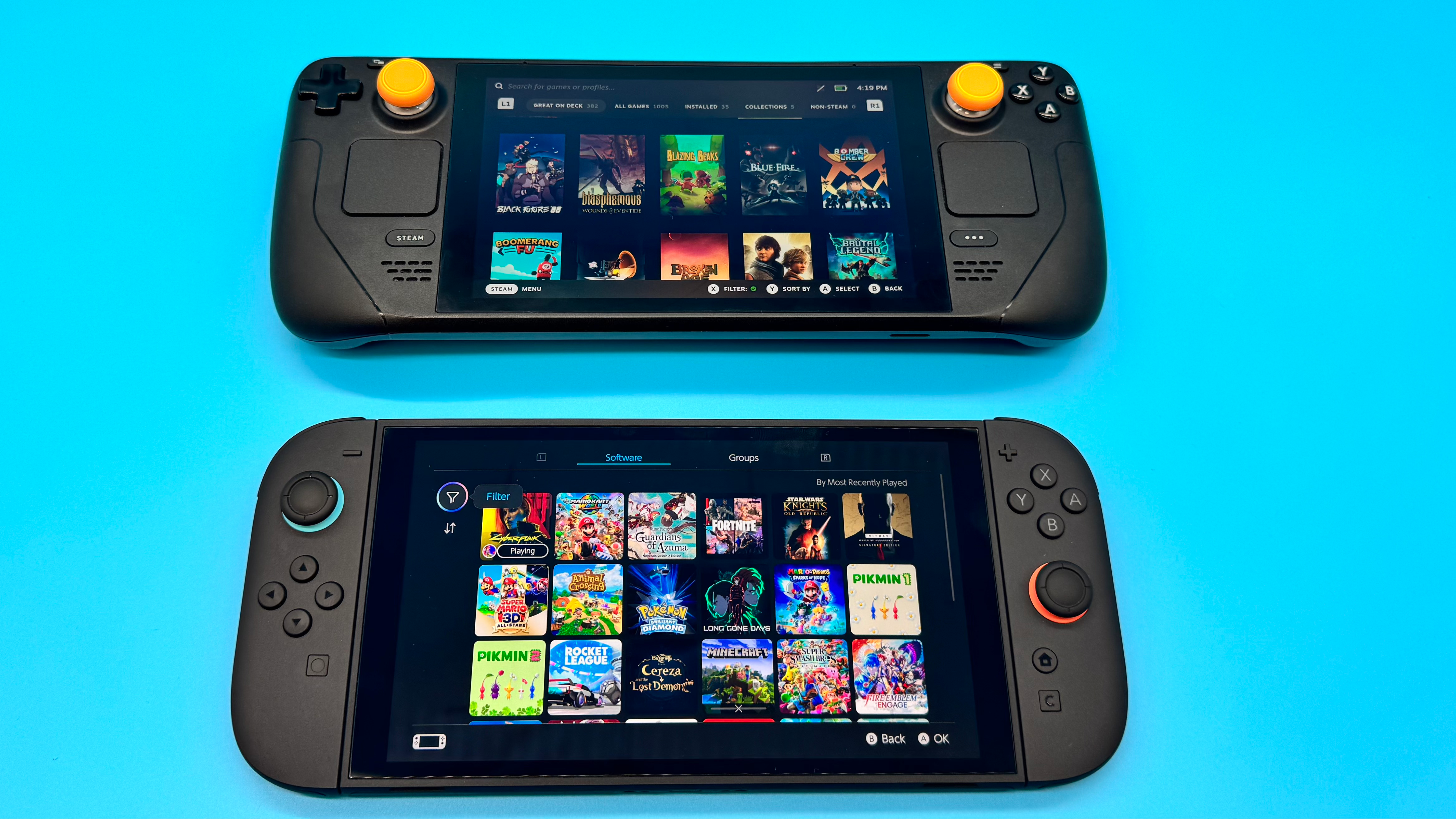
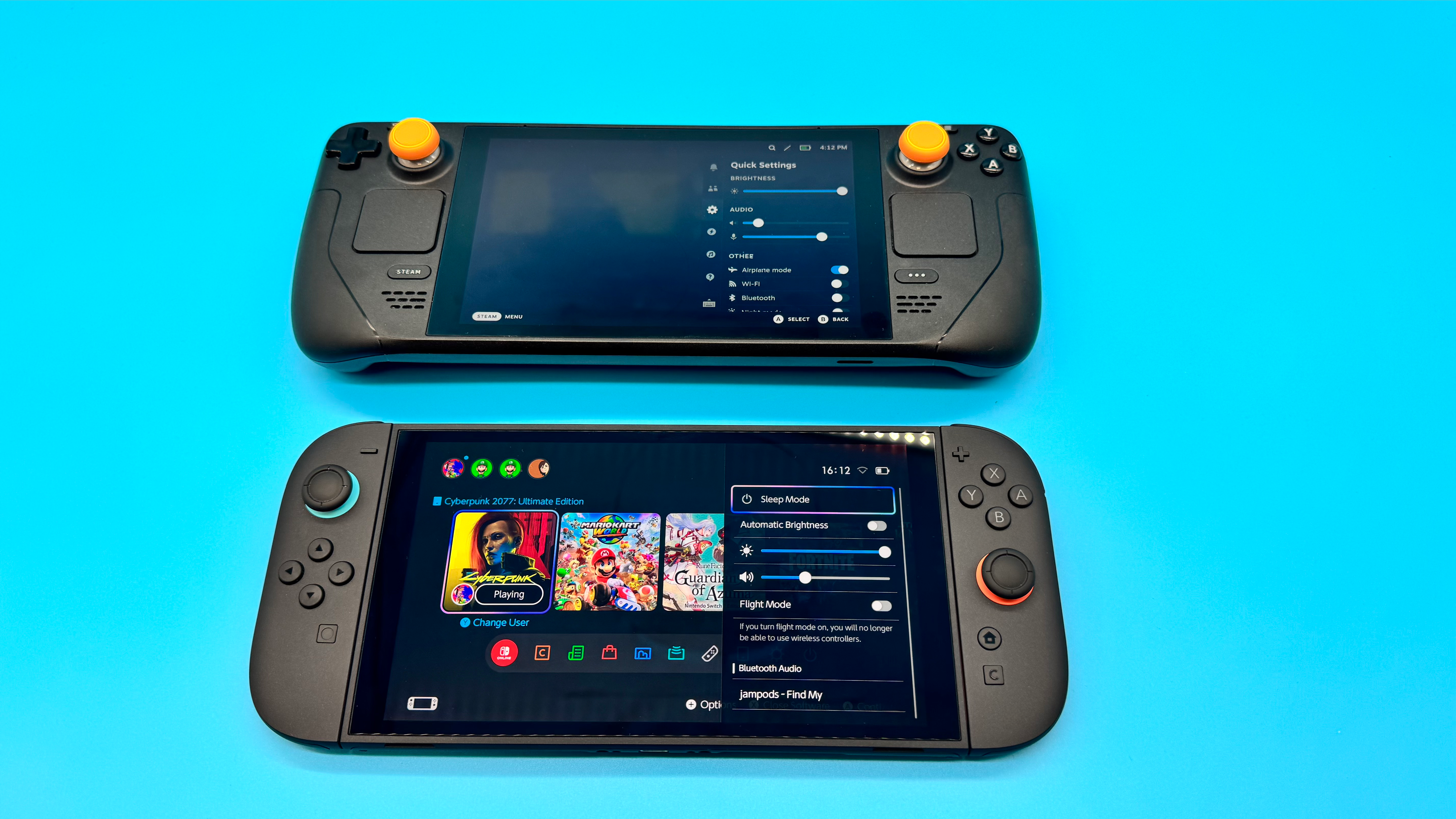
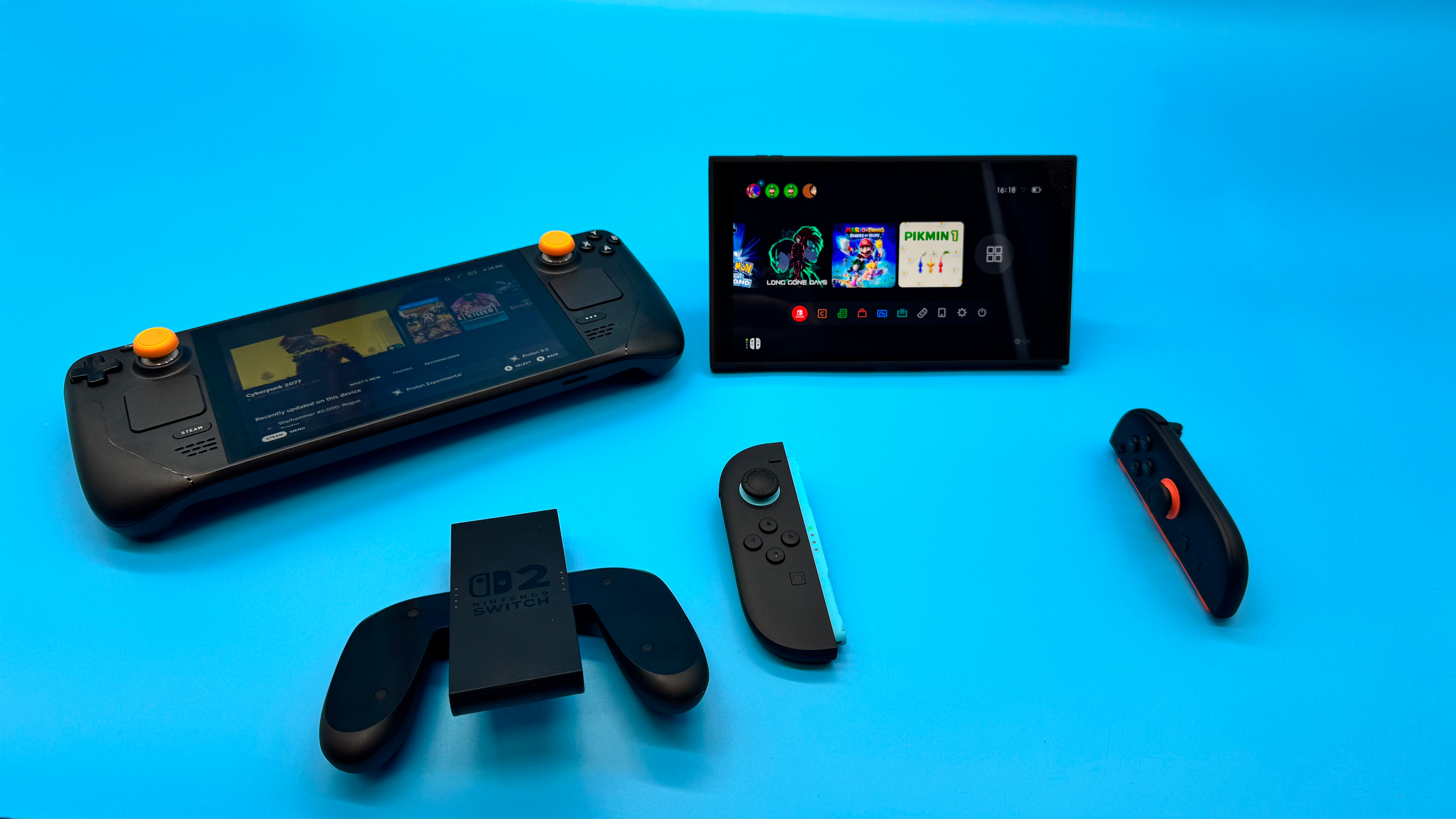
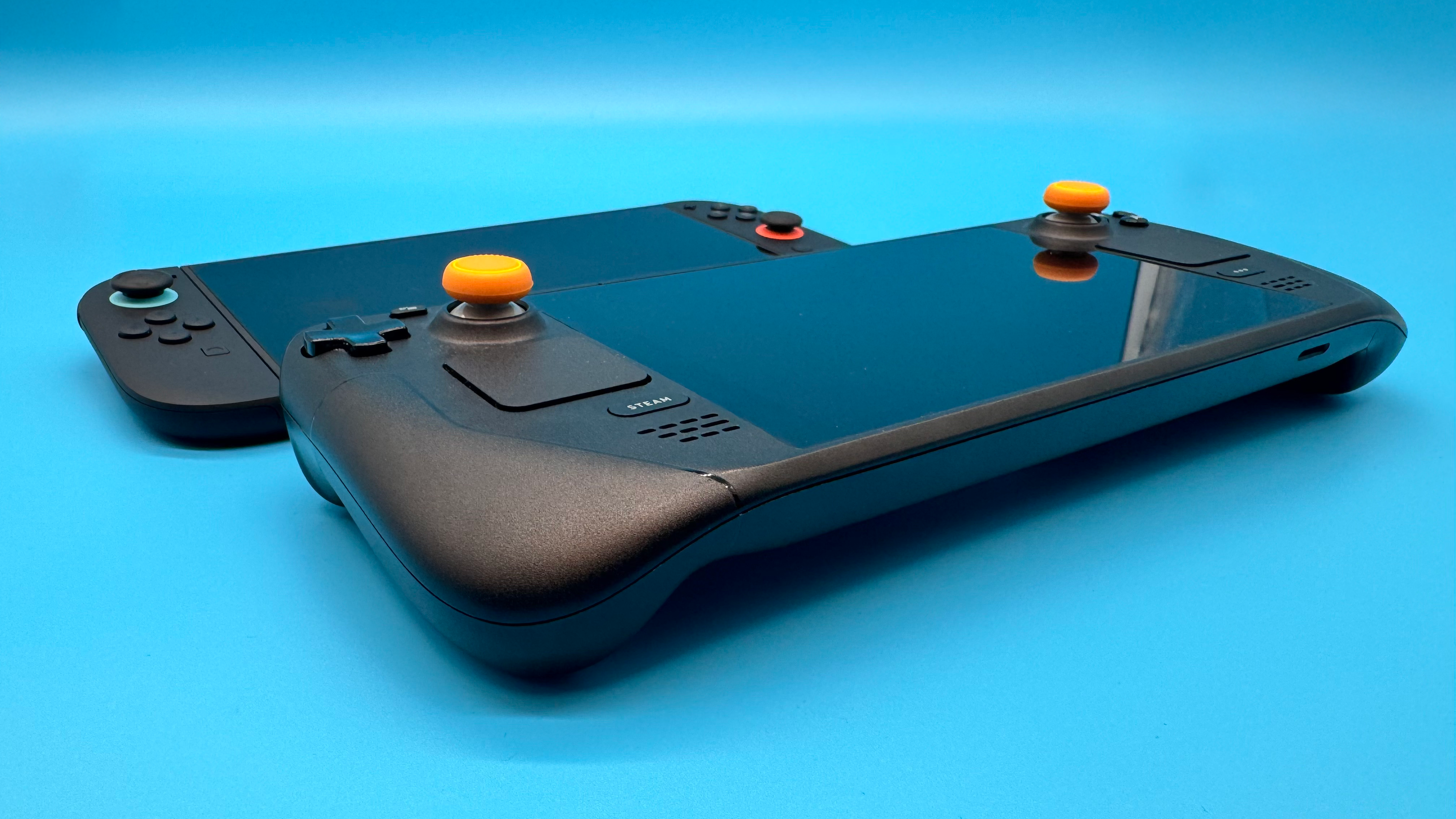
Firstly, it's worth considering if a cloud solution, like streaming to a phone or tablet, is a better use of your cash, but secondly, it's really hard to put the Switch 2 against similarly priced competitors like the Lenovo Legion Go or Asus ROG Ally on sale. The Go even has detachable controllers, much like the Switch. You are paying for the Nintendo of it all here, and will get a more performant handheld elsewhere for similar cash.
As a primarily PC focused gamer, I have purchased my own Nintendo Switch 2, so that's me putting my cards on the table. However, I certainly don't see it becoming my full-time gaming device. Both curiosity and a soft spot for Nintendo exclusives got to me, and I don't suspect I'll regret that, if my last week with the console is anything to go by.
✅ You really like Nintendo: If you want a machine to run Nintendo exclusives, the Switch 2 is a nice power upgrade over the previous generation, and has some strong quality of life fixes at the same time.
✅ You want a no-nonsense handheld experience: The Nintendo Switch 2, down to specifically optimised ports and a clean UI, makes for a gaming experience with next to no customising needed. You won't need to touch graphics settings if you don't want to (and sometimes, you can't).
❌ You want the most powerful gaming handheld: For raw power, the Nintendo Switch 2 sits on the lower end.
❌ You want cheap games: Though the eShop does have sales, it pales in comparison to what Steam offers.
Despite my grievances, the Switch 2 is a bit of a lovely device. It looks fresh, it's an ideal choice to play in bed, partially thanks to a killer screen-to-bezel ratio, and the ability to take off a Joy-Con to play splitscreen on the go is, pardon the pun, absolutely joyous. This is all helped by a stand that is much upgraded, super flexible and sturdy.
It's also just really easy to use. From set up to navigating the store, to running games, everything feels fine-tuned to show no frayed edges, and this is perfect for a Nintendo console. If I want to quickly run around Night City, chances are I'm plucking the Switch 2 off its stand and sitting on the couch for an hour, rather than tackling any of the other ways I can play it right now.
The Switch 2 is a clear step up from the previous console in almost every way. However, the gaming market is a very different one from the market that the original Nintendo Switch launched into, and has very different competition as a result. As a Nintendo fan, I'm happy with the machine in my hands.
As a PC player, I find it almost entirely unnecessary for now—and that's from me having paid good money for one myself—and it will likely only be whipped out for a handful of games a year. It is a serious upgrade for whatever Nintendo exclusives are coming down the pipeline in the future, though.
